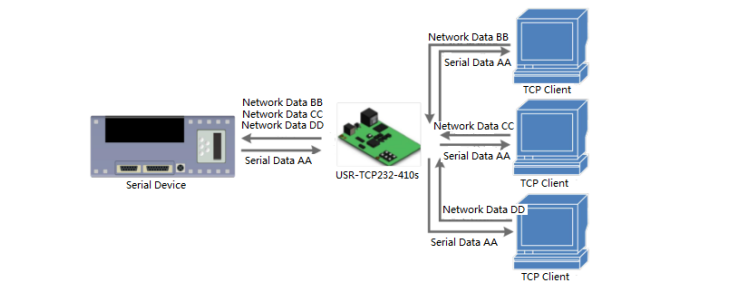

Under this situation, maybe you need to go through a lots of computer to finally access the destination. When you try to access some remote computer,maybe this computer located in a private LAN or this computer are configured to deny your computer's ip address.įor example, Computer A is your own computer and you want to access some service located on Computer D, you must firstly access Computer B and secondly Computer C. Secure your communication, turn non-SSL aware softwares into safely softwares by ssl port tunnel Share the same internet connection to surfe internet. it integrated with http proxy function, let your computers Until the destination ip address is achieved. The trace information is logged in in theĬ:\Program Files\IBM\HostOnDemand\private or /usr/local/hostondemand/private).That can help you do Infinite port tunnel(TCP/UDP) IP Trace Type one or more IP addresses of clients you want to trace, separated by commas, to trace the number of bytes sent from the client to the hostĪnd from the host to the client. You must stop and restart the Redirector for the Timeout (minutes) Specify the number of minutes to wait before dropping an inactive Redirector connection. You must stop and restart the Redirector for Keep-Alive to take effect. Keep-Alive requires Java 2 onĪll operating systems except AIX. Keep-Alive Select Yes if you want the Redirector connection to remain active during a period of inactivity. The size you specify, any existing Redirector connection information is deleted and new Redirector connection information is Rollback Size If you select Yes for Log Connections, you can specify a maximum size (bytes) for the log file. If you do not specify a file name,Ī window appears asking you to specify a file name. The log file is created in \HostOnDemand\lib.

LogFile If you select Yes for Log Connections, you can specify a directory and name for the log file. Stop and restart the Redirector to begin logging connections. If the state of the connection is not attemped, the connection failed to open or did not attempt to open because of anotherĮrror, for example, the client connection failed to open and therefore the host connection was not attempted. The following table defines the different connection states: The log file contains the IP address, port, and the state of theĬonnection. There is a corresponding connection to the host. Log Connections Select Yes if you want to save Redirector connection information in a log file. Both - provides encryption of data transmitted through the Redirector, between the emulator and a secure server (host).Host-side - provides encryption of data transmitted between the Redirector and a secure server (host).Client-side - provides encryption of data transmitted between the Redirector and the emulator.Must be set separately for each host configuration. Security through the Transport Layer Security (TLS) or Secure Sockets Layer (SSL) protocol You must configure the firewalls in your network to allow Most well-known port numbers are lower than 5000, pick a port number betweenĥ05 to avoid conflicts. Numbers that are not already defined for other TCP/IP applications. Local Port The port number through which the Redirector will communicate with clients.ĭevise a new numbering scheme. Many hosts use the default, which is 23, for Telnet connections. If the IP address isĭestination Port The port number for the Telnet server through which it will communicate with the Highlight the host configuration you want to change.ĭestination Address The host name or IP address of the target Telnet server.Click Redirector Service in the Administration window.To change a host that has been defined to the Redirector: Changing a Host Defined to the Redirector Changing a host defined to the Redirector


 0 kommentar(er)
0 kommentar(er)
